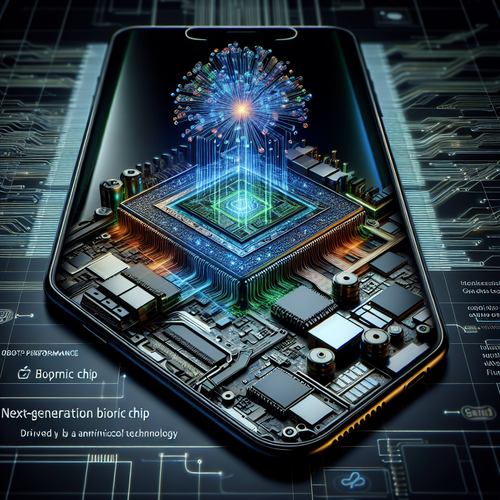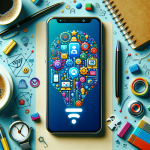
Apple A19 Bionic Chip Explained
Apple A19 Bionic Chip Explained
The technology behind mobile computing continues to leap forward, and Apple is at the forefront with its A19 Bionic chip, designed to be the brain of the iPhone 17 and the devices that follow it. In this tutorial, we will explore what makes the A19 Bionic chip a revolutionary piece of technology, its architecture, key features, and how it will power Apple’s smartphones going forward.
Prerequisites
- A basic understanding of mobile technology and processors.
- Interest in Apple’s hardware advancements.
Overview of the A19 Bionic Chip
Announced in conjunction with the iPhone 17, the A19 Bionic chip features advancements in speed, efficiency, and AI capabilities. Here’s a closer look at its architecture:
1. Architecture
The A19 Bionic chip is built on a 3nm process technology, which allows for more transistors in a smaller space. This architecture enhances overall processing power and energy efficiency.
2. Performance Improvements
- CPU Cores: The A19 features a 6-core CPU—2 performance cores and 4 efficiency cores—allowing for seamless multitasking.
- GPU: With a new 5-core GPU, graphics processing is handled more efficiently, improving frame rates in gaming and graphical applications.
- Neural Engine: The chip includes a next-generation 16-core Neural Engine that enhances machine learning performance, unlocking new features in photography, gaming, and augmented reality.
Impact on iPhone 17:
The introduction of the A19 Bionic chip transforms the user experience on the iPhone 17:
- Improved Battery Life: The A19’s efficiency allows for longer usage times even with heavy processing tasks.
- Enhanced Gaming Experience: Thanks to the improved GPU, games run more smoothly with higher graphics fidelity.
- AI-Powered Features: Enhanced machine learning capabilities allow for smarter camera functionalities, voice recognition, and personalized user interfaces.
How the A19 Shapes Future Products
Beyond the iPhone 17, the A19 Bionic chip sets a precedent for future Apple products. By incorporating this chip into other devices such as iPads and Macs, Apple can unify the performance and capabilities across its ecosystem.
Troubleshooting Common Issues
With any new technology, users may encounter issues. Here are some tips for troubleshooting:
- Monitor Performance: If you notice lag or slowdowns, ensure that your software is updated and check if background apps are consuming resources.
- Battery Concerns: If battery life seems shorter than expected, consider adjusting app notifications and reducing background activity.
- AI Features: If AI functionalities aren’t performing as promised, check app permissions and settings to ensure they’re optimized.
Summary Checklist
- Understand the architecture of the A19 Bionic chip.
- Recognize its implications for performance and battery life.
- Troubleshoot common issues related to the chip.
- Explore future opportunities enabled by this technology.
In summary, the Apple A19 Bionic chip represents a significant step forward in mobile technology, enhancing the capabilities of the iPhone 17 and setting the stage for future advancements. For deeper insights on related topics such as serverless applications or Snapdragon innovations, check out our other articles.














